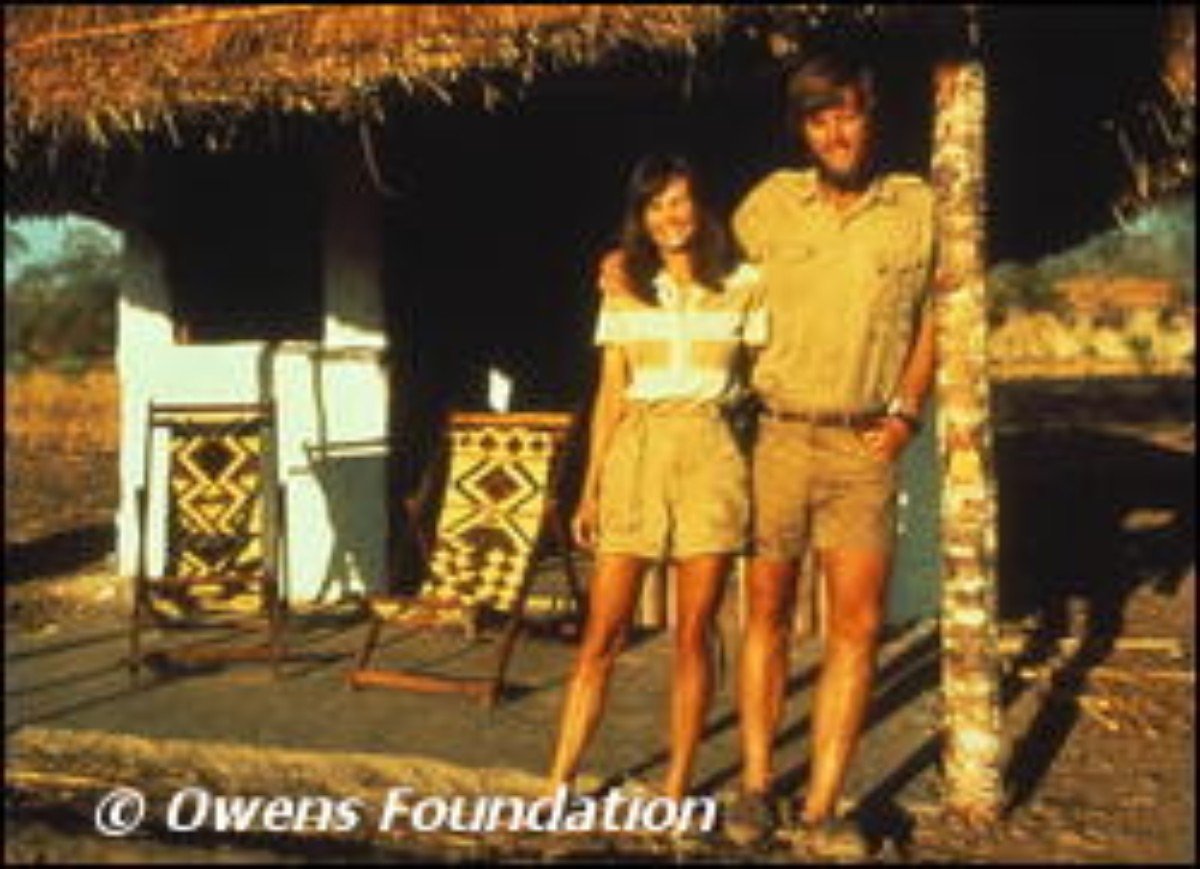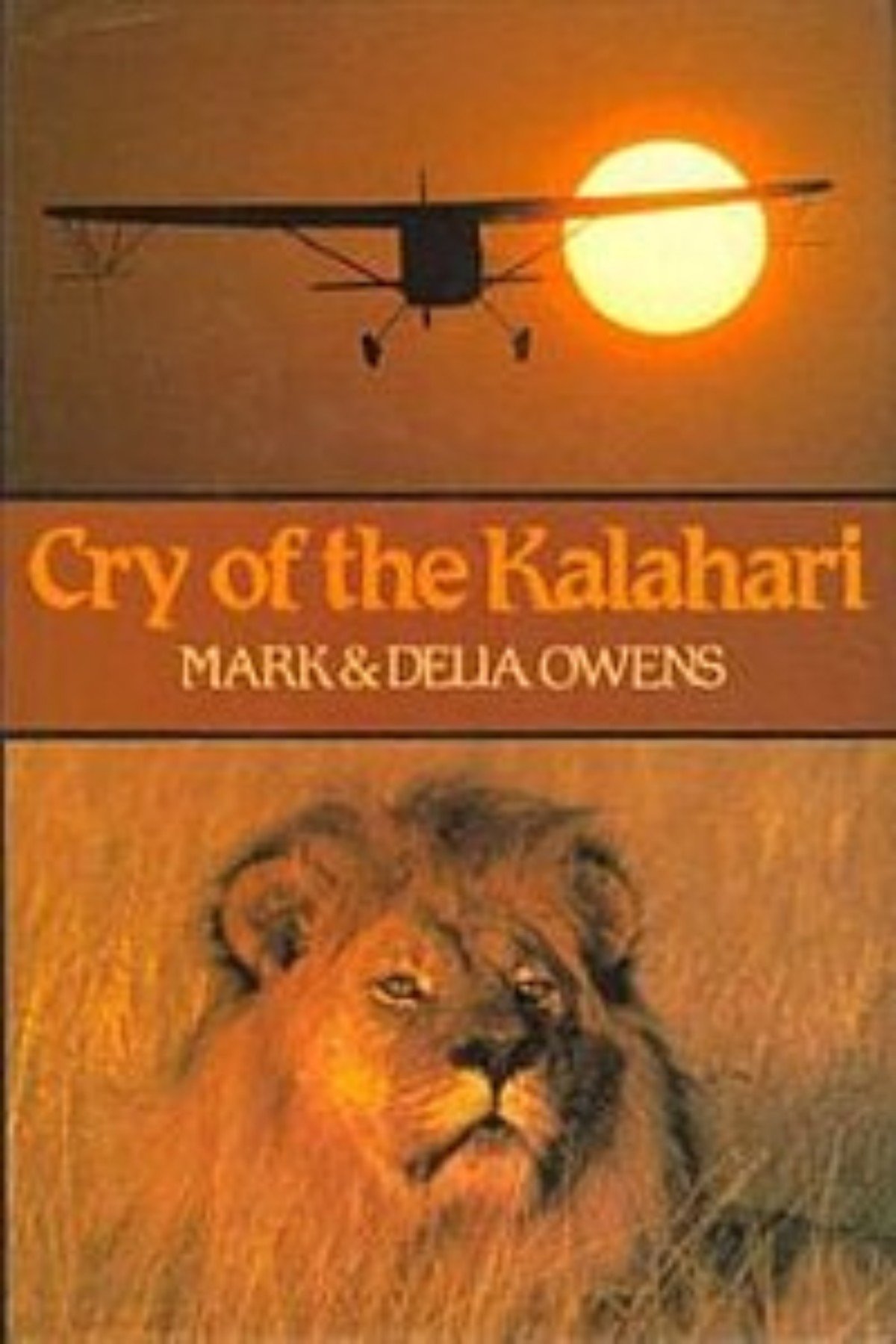book summary and analysis: the cry of the kalahari by mark and delia owens

The Cry of the Kalahari is a firsthand account of Mark and Delia Owens’ quest into the unknown wilderness of Botswana’s Deception Valley. They began their life-changing adventure in 1974 and studied the unique desert landscape where they remained until 1980 when they returned to civilization to put their findings to good use. While living in this remote location, which before their expedition had never been officially studied, they experienced trials and tribulations that the averag individual will never understand. This included raging grass fires, severe drought coupled with up 150F temperatures, the curiosity of large predators in their natural environment, and inconsistent access to basic necessities. Such difficulties were exacerbated by limited funding from savings and the fact that they had not chosen a specific topic for their research before leaving on their expedition. This made it more challenging to attract attention [and funding] to their cause until compelling evidence was produced.
However, in such a pristine research environment they were able to benefit greatly from their direct observations which ultimately resulted in their acquisition of a plane and the advanced equipment they needed to complete an in-depth study of the landscape. They accomplished this by remaining as unobtrusive as possible and maintaining a respect for the natural balance of the local ecosystem. Using previous knowledge about similar species in comparable systems, they had a point of reference to identify similarities and differences. This task was often less than glamorous, e.g. collecting scat to examine for contents, and sometimes tedious due to the workload associated with accurately logging information for a body of proof and later use. Such information is the foundation of knowledge for use by other individuals and/or organizations for policy recommendations, educational purposes and raising general awareness.
Based on the tone of the writing, maintaining neutrality in order to avoid influencing the findings can be one of the most trying parts of research. This was particularly difficult for Mark and Delia when there was an exceptionally long drought season and the animals they had come to care about were desperate for food and water in order to survive. They could have shared their supplies, but they would have compromised the study, lost much of their credibility and disrupted the natural dynamics of the ecosystem.
When something bad does happen to an individual/group/groups being studied, as with Bones the beloved king of the Kalahari who was shot by sport-hunters only a few hundred meters outside of the wildlife preserve, resentment can ensue because of the relationship developed between the observer and the subject(s). Nevertheless, the Owens had to maintain good relations with the natives and continue collecting data. While most research is not so exuberating, these same principles apply to all research operations because those conducting the study must always be ready for the unexpected, move forward, and focus on the task at hand or that which needs to be completed would surely go unfinished.
Unfortunately, even in modern times with our increasingly solid understanding of the role that the natural world plays in supporting life, immediate economic gain outweighs the long-term benefits of conservation. For instance, in the text, it is discussed how people prospecting for uranium and diamonds were callous and indifferent to the damage that they caused while searching for “treasure,” such as carelessly leaving garbage and speeding across the landscape. It is also noted how wealthy ranchers were freely allowed to shoot anything that they considered threatening to their economic well-being, namely predators and foreigners in search of the thrill of big game hunting routinely killed multiple animals until they found the perfect trophy. However, in poorer countries where development is still taking place, it is often very difficult to convince the native population that funds should be diverted to conservation/preservation efforts when the basic needs of the citizens are not being met or when nature negatively affects them [i.e. consuming livestock].
As with many research endeavors, it was not until influential interests, in this case the Frankfurt Zoological Society and a prince from the Netherlands, were compelled by the information that the Owens produced that international attention was given to the environmental situation in Deception Valley. This resulted in the funding necessary to complete more extensive studies of both the lions and brown hyenas. The most important improvements were the use of radio collars which provided the opportunity to study the breeding habits of the animals and track their movements during the dry season and airplane to spread the field of research. They found that brown hyenas care for their young communally and that the previous assumption that the animals migrate to an unknown area during the dry season was false. In reality, the animals remain in the same territory, but significantly expand their territory in search of food. Eventually, this information [along with some cajoling from members of the international community] was used to help convince government authorities in Botswana to make efforts towards conservation.
Overall, Cry of the Kalahari provided an excellent overview of the life of biologists and the importance of traveling to and directly observing the subjects of original research as it allows researchers to gather undiluted data. Such efforts are generally not easy and present a slew of challenges to overcome. Matters are complicated by money – whether it is because the funds are lacking or because the sources of funding often expect a particular outcome. The latter was not necessarily an issue for the Owens but is generally something to consider. Still, they had to deal with the politics of conservation as natural resources in their natural habitat have only recently been given economic value and preservation is still a heavily debated topic. This problem is not exclusive to the developing world.
In order to move proactively into the future and bridge the worlds of economics and environmental balance education and awareness are essential. Mark and Delia Owens give readers a better picture of the complexities of ecosystems that are often forgotten or overlooked, especially with the massive migration of humans to urban centers and the exploding population. Like other animals, we are only thinking about our survival, but books like this remind us to reflect on our own compassion and remember that every part of an ecosystem plays an important role. As the most advanced species on the planet, it is our responsibility to remember our roots and do what we can to protect not only our future but the future of the millions of plants and animals who reside on our big, beautiful blue and green planet.

source
Owens, M. &. (1985). Cry of the Kalahari. London: Collins.
image credit

